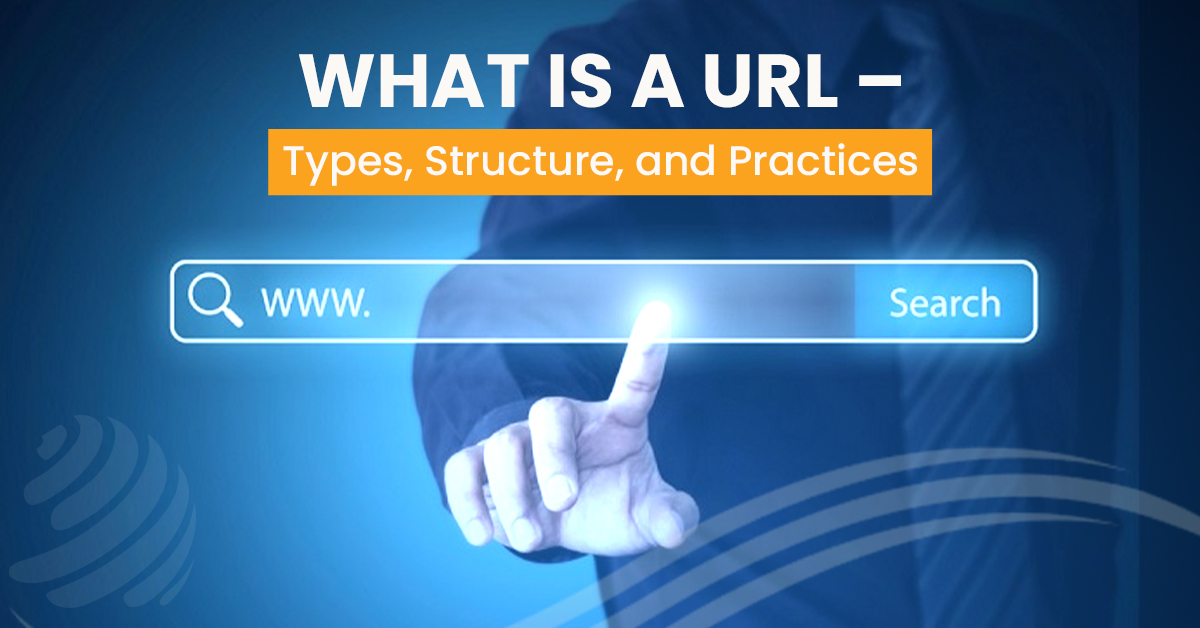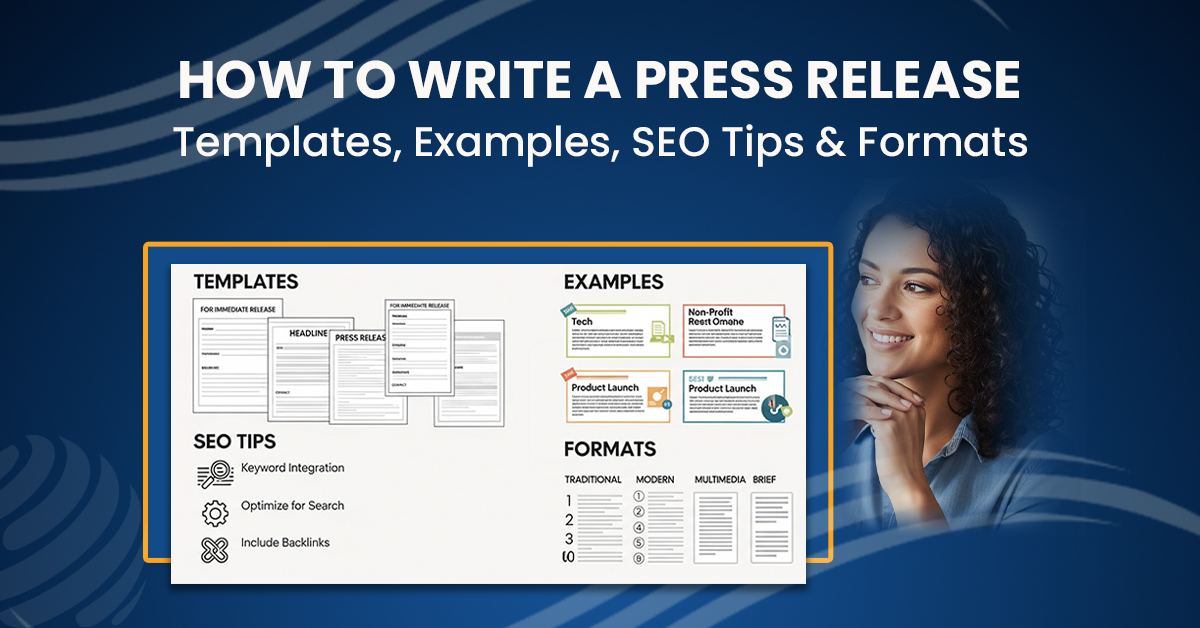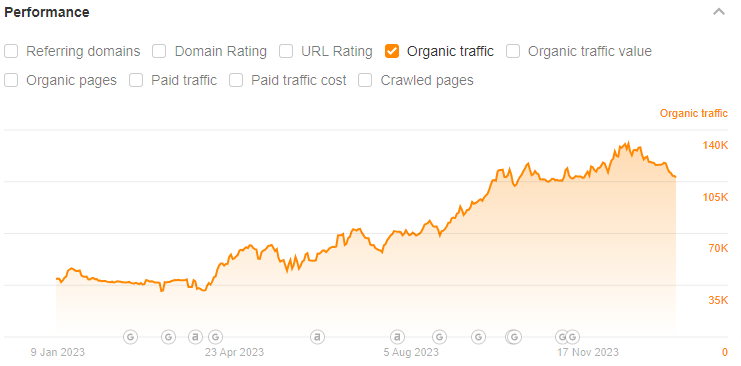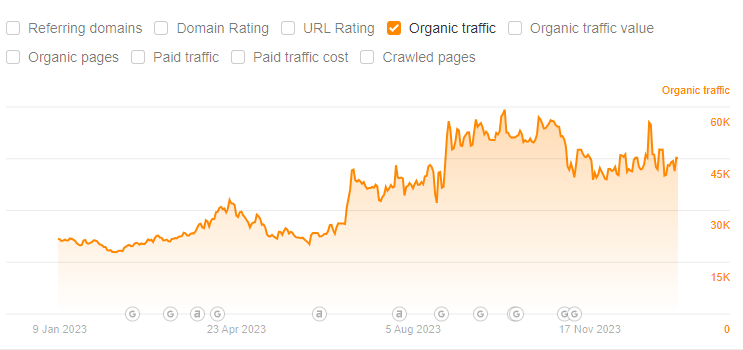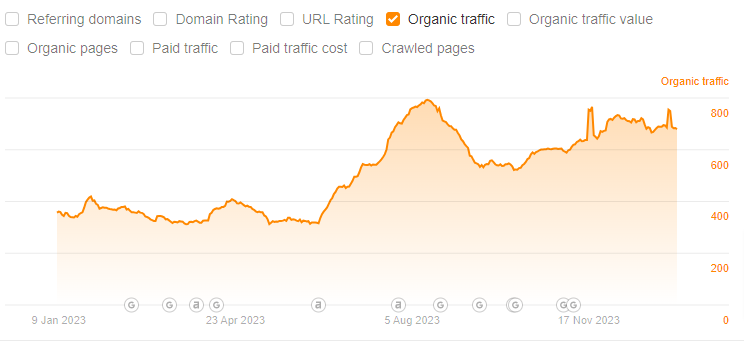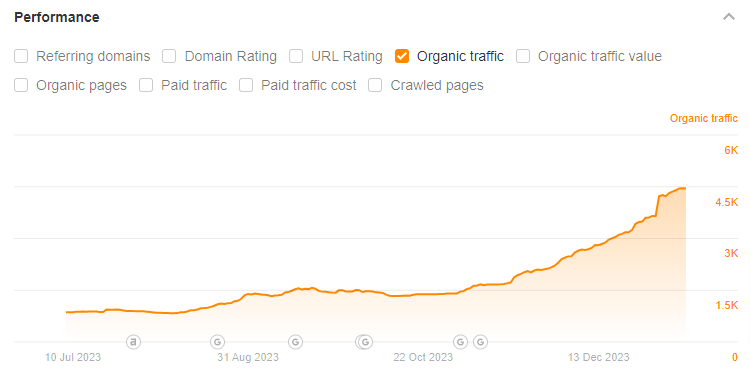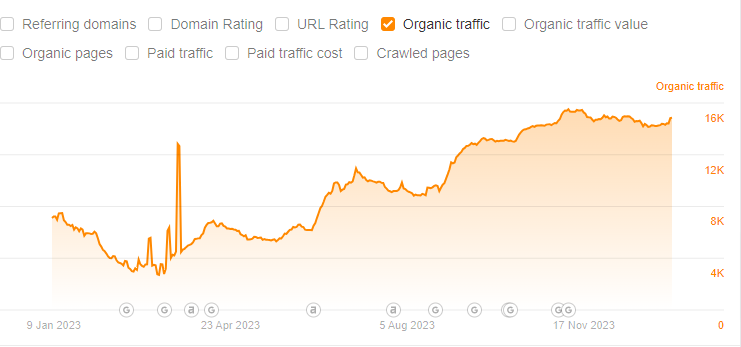Summary
Your natural anchor text tells Google and online visitors what they will find when they click on the link. It helps both Google and the readers understand the context of the anchor text link and the referring content that it is pointing to. A natural anchor text distribution is incredibly important for establishing and maintaining a healthy website backlink profile. You must avoid over-optimization with anchor texts that are stuffed with keywords, as these can lead to a Google penalty. Natural anchor text distribution is your best bet for delivering long-term value.
Natural Anchor Text – Why Does It Matter?
Your natural anchor text can single-handedly hold you back from ranking on Google’s first page. It’s certainly in your best interest to optimize your anchor text so you can get to the top of Google, even with the least number of backlinks. This aspect indicates how much Google values the anchor text that you use.
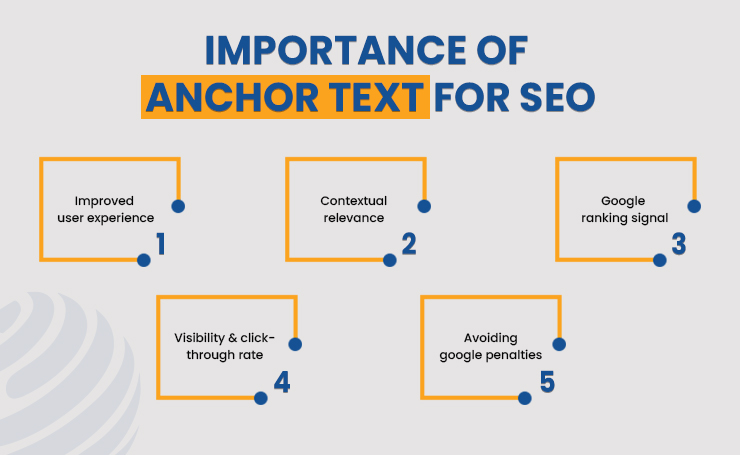
With that said, you can’t just choose your target anchor text repeatedly and expect to get away with it. You should know that Google pays close attention to the anchor texts you use, and if the anchor texts look unnatural to Google, you will definitely get hit by the Google penalty.
Suppose you are selling cat food, and you have a hundred backlinks, out of which ninety have the anchor text “cat food.” This is a red flag for Google, and it will penalize your site for it. Next up, we will explore the various anchor text forms in this exclusive anchor text guide.
The Different Types of Anchor Text Forms
Let us explore the different types of anchor texts:
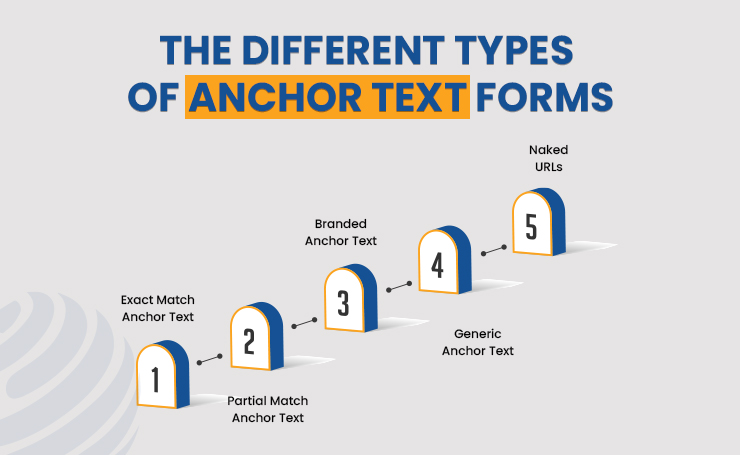
Target Anchor Text
The target anchor text is an anchor text that has even one word of your target keyword in it. For instance, if you want to be the top Google result for “best business lawyer,” a target anchor could be “hire business lawyer here,” or “best business lawyer.”
Target anchor is the most important type as it is the one that improves your Google ranking. However, a target anchor can also penalize your website if you overdo it. Anchor text optimization is about building as many anchor texts as possible without looking unnatural to Google.
How Can You Optimize Your Anchor Text and Look Natural to Google?
Now, we know that you must be thinking about how you can look natural to Google while optimizing your anchor text. You can do this effectively by sending a blend of other anchor text types, such as the following:
Branded Anchor Text
A branded anchor text uses the following aspects as the anchor text:
- Business name
- Website name
- Author name
Branded anchors are the most common anchor texts. It is important to mention here that if you have a partial match anchor text or exact-match anchor text with a keyword in it, that will count as a target anchor text.
URL Anchor Text
A URL anchor text is simply the actual URL. The anchor text can be a variation of the URL. The URL anchor text is also known as a naked link.
Topical Anchor Text
The topical anchor is the broad topic of the receiving page. You might feel a bit confused by this; however, it is pretty easy. For instance, if your target keyword is “best cat food,” a topical anchor text would come down to one of the following:
- Pet care
- Pet diet
Essentially, the topical anchor text refers to the broad topic of the page to which it is being linked.
Miscellaneous Anchor Text
Next, you have miscellaneous anchors, such as the following:
- Check out this page
- Click here
- This website
Miscellaneous anchor texts are non-descriptive and about calls-to-action. A miscellaneous anchor is also referred to as the generic anchor text. Compared to the more descriptive anchor texts, these anchors are less effective for SEO.
NA Anchor Text
Lastly, all anchor texts that don’t fit into any of the previous anchor text categories are NA anchor texts. Some examples of NA anchors include the following”
- Empty image Links
- Gibberish
- Words in other languages
- Irrelevant anchors
Now that you know the different types of anchors, let us move on to the effective anchor text distribution and how to optimize for it.
Effective Anchor Text Distribution – How to Optimize For It?
Anchor text distribution is a blend of anchor texts coming into a single page. Suppose a webpage has twenty links; then the anchor text ratio might look as follows:
- Total links = 21
- Target anchors = 10
- Branded anchors = 5
- Topical anchors = 3
- Miscellaneous anchors = 3
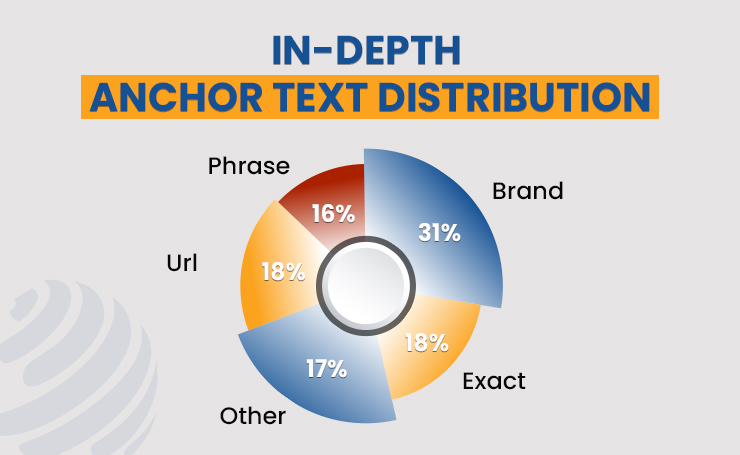
In this example, your anchor text distribution will be 50% target anchors, 25% branded anchors, 15% topical anchors, and 15% miscellaneous anchors. We are referring to the anchor text distribution in terms of a single page and not a website.
Google assesses anchor text distribution on a page level, which means that it is not a site-wide thing where an under-optimized page would offset an over-optimized page. In other words, each page is on its own.
The Don’ts of Anchor Text Optimization
Let us talk about how not to optimize your anchor text. If you were to Google “how to optimize an anchor text,” You will find many articles recommending conventional anchor distribution. For instance, you might read that you will do something like “18% exact anchors,” “16% phrase,” “31% brand,” “19% URL,” and “16% other anchors.” They might ask you to do the same for every single page.
However, believe us when we tell you that this might be the worst thing to do. Why, you might ask? The reason is that every niche is different, which is why you must find a distribution that appears natural for your respective niche. You can easily do this by reverse-engineering your competition.
Leverage The Right Tool for Natural Anchor Text Distribution
The thing about getting on top of Google is to see your opponent’s hands and adjust your strategy accordingly. Similarly, you can use SEO tools to spy on your competitor’s anchor text distribution. After all, Google picked them as a top result for a reason. You can do this effectively by using Ahrefs’ tool and plug in the URL of your top competitor and site explorer for your respective keyword.
Analyze the list of all anchors pointing to that page. You might want to export the list of anchors into a spreadsheet. You just need the anchor texts. Categorize the anchor texts based on anchor types. For instance, if an anchor is empty, you categorize it as N/A anchor text.
You can also make a pivot table to count the number of anchors in each category. Create a pivot table showing the number of referring domains for each anchor category. If you want to have a visual representation of the data, you can make a pie chart that displays your competitor’s anchor text distribution.
We recommend you repeat the process for each of your top five competitors. Take the average so that you can get a good idea of what a natural anchor text distribution looks like for your niche.
Tips for Anchor Text Optimization
You should know that even if you have a similar anchor text distribution as your competitors, Google can still penalize you. Yes, you read this right. There are other potential factors that can make your anchor text look unnatural and give the impression of unnatural anchor text distribution. Let’s explore some other anchor text optimization techniques that can ensure that you’ll never get hit with a Google penalty.
Technique #1: Use A Target Anchor Only Once
The first technique is to use a target anchor no more than once. The entire point of optimized anchor text is to make your anchor texts look natural. What this means is that even if you had a great anchor text distribution, what are the odds that more than 100 different people linking to you use the exact same target anchor?
The answer is that it’s not very likely at all. It’s in your best interest to use different variations instead of repeating the target anchors. By doing so, you can ensure not only safer but also better results.
Technique #2: Leverage the SEO Title
The next technique is about leveraging the SEO title. The SEO title is the title that shows up on the search engine results page. And the data shows that it’s a very common anchor. If you’re doing on-page optimization correctly, your SEO title should include your target keyword. However, if you’re already maxed out on your target anchor limit, you can actually leverage your anchor text SEO and build a few more target anchors without risking over-optimization.
Technique #3: Match Anchor with Link Type
Another technique is to match the anchor with a link type. Of links, such as the following:
- Blog articles
- Forums
- Blog comments
- Linked lists
- Sidebars
It’s important to mention here that specific anchor types occur more often with specific link sources. For instance, in blog articles, Descriptive anchors are most commonly used to let the readers know what they can expect from the linked article, which is why you end up with target anchors. On the other hand, linked lists usually have branded anchors or naked URL anchors. Sidebars usually have empty anchors or topical anchors. Forums usually comprise the SEO title of the page or URL anchors.

With blog comments, you will usually find the author’s name as the anchor. By matching your anchor with a link source, your anchor text will look more natural to Google, and you will get a better result.
Technique #4: Break Up the Keyword Phrase
So, the next technique is to break up your keyword phrase. It’s perfectly normal to get stuck sometimes and not be able to break into the top of Google, no matter what you do. You should know that, for some reason, breaking up your keyword phrase into individual anchors can get you out of that rut. For instance, if you want to be the top result for plumber Ohio, just send the word plumber or just the word Ohio, and this will help break the plateau.
Technique #5: Write Grammatically Correct English
The next technique is all about writing in proper and grammatically correct English. You must keep in mind that your goal is to look natural. Compare the following two sentences that contain the keyword anchor text:
- I’ve tried many “Plumber Ohio,” and this one is the best.
- I’ve tried many “Plumber in Ohio,” and this one is the best.
When it comes to the first sentence and the anchor text placement, you already know that it doesn’t appear natural at all. With correct English, you will still get to the top of Google for the same keyword. However, using proper English will make your anchor text appear much more natural to Google and readers.
Technique #6: Make Your URL Anchors Diverse
Next up on the list of safe anchor text practices, we have the technique of making your URL anchors diverse. The problem with SEO is that they think like SEO. What this means is that they look at their anchor text distribution and think that they need five more URL anchors. However, it’s important to keep in mind that there are different variations of URLs, such as the following:
- Standard URL
- URL with a backslash at the end
- URL without the “www.”
- URL with a missing https
With that said, if you are trying to mimic what would happen in the natural course of the internet, then you should know that it comes down to variations.
Technique #7: Add Keywords Around the Non-Target Anchors
You can also add keywords around your non-target anchors. This is a common practice in the SEO industry, and it involves surrounding your non-target anchors with keywords to help Google better understand what your page is about.
Technique #8: Integrate Synonyms
This technique is great as it allows you to add relevancy without risking over-optimized anchors at all. You can use synonyms, as Google understands that a car, automobile, and vehicle all mean the same thing. So, if you have maxed out on target anchor text, you can use a synonym and keep building super-relevant anchors.
Final Thoughts
Natural anchor text distribution comes with long-term benefits for your website as it enhances user experience and helps Google understand the page content, which further enhances the indexing of your website. You can also diminish the potential risks of Google penalties for over-optimization. To optimize your anchor text, you must use a variety of anchor text forms, such as target, branded, URL anchors, etc., to establish a healthy and natural link profile that appears natural in Google’s eyes.
FAQs
What is the best way to optimize your anchor text?
To optimize your anchor text, you must perform a competitor analysis and assess their anchors. Try getting backlinks that are relevant to your target webpage. Place the primary keyword close to your anchor text link. Use diverse anchor texts to appear natural.
Is anchor text important for SEO?
Anchor texts are important for your website’s SEO as these can affect your web page’s rankings for specific keywords. The key is to appear natural to Google to rank higher in Google results for the specific keywords.
What is a good anchor text?
A good anchor text is relevant to the linked page. It is also descriptive and precise. It provides context for Google and users about what to expect after clicking on the link. A good anchor text doesn’t have keyword-stuffed text and appears natural to Google.




